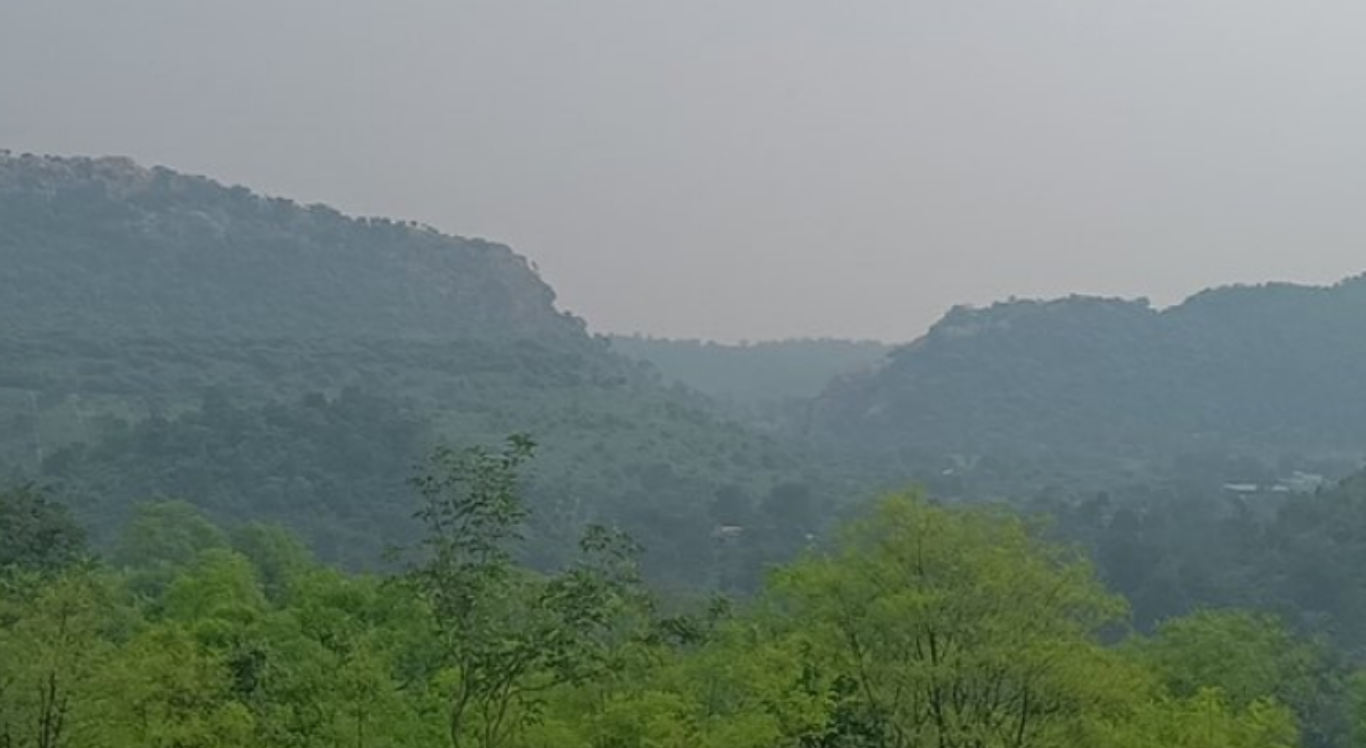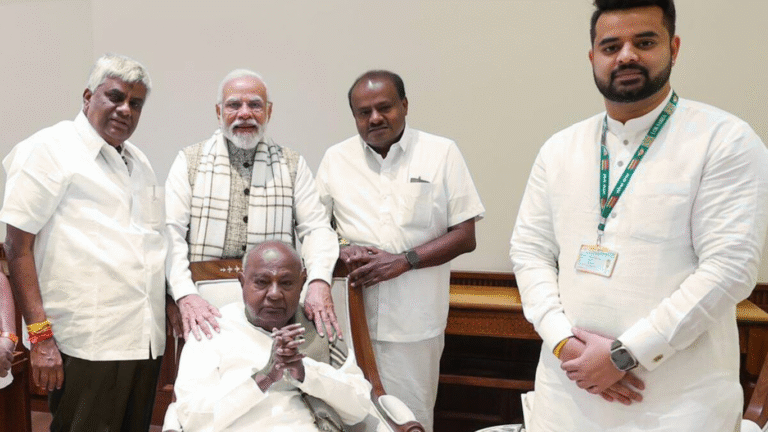
Introduction to Sonbhadra
Sonbhadra is a district located in the southeastern part of Uttar Pradesh, sharing borders with Bihar, Jharkhand, Chhattisgarh, and Madhya Pradesh. Often referred to as the “Energy Capital of India”, this district holds great importance because of its rich mineral reserves and power generation capacity. It is the second-largest district in Uttar Pradesh by area and has a unique combination of natural beauty, tribal culture, and industrial growth.
The region is surrounded by the Vindhya and Kaimur hill ranges, which gives it a scenic view and a mild climate compared to other parts of the state. Rivers like Son, Rihand, and Kanhar flow through the area, supporting agriculture and power generation.
Sonbhadra is not just known for its industries. It is also home to various ancient caves, forests, waterfalls, and temples that attract visitors and researchers alike. The blend of nature and development makes it a rare and fascinating place.
Mineral Wealth and Industrial Growth
One of Sonbhadra’s most important features is its abundance of minerals. The district has large deposits of limestone, dolomite, bauxite, coal, and granite. These resources are not only used locally but are also supplied to other parts of India for various industries.
Due to these resources, many thermal power plants and cement factories have been set up in the region. Major companies like NTPC, Hindalco, and Lanco operate here. This has helped Sonbhadra become a major contributor to India’s electricity production.
The presence of industries has also led to the growth of small businesses and improved job opportunities for the local population. However, with development, there is also a growing concern about pollution and the impact on tribal communities, which is being addressed through new policies and environmental checks.
Power Plants in Sonbhadra
Sonbhadra houses some of the biggest thermal power plants in India, such as those in Obra, Anpara, and Renusagar. These plants produce electricity that is used in various states across North India. The Rihand Dam, built on the Rihand River, also supports hydroelectric power and irrigation.
The district’s electricity production has earned it the name “Energy Capital of India.” With future projects in the pipeline, the power generation capacity of Sonbhadra is expected to grow further, contributing even more to India’s energy needs.
Tourism and Natural Beauty
While most people know Sonbhadra for its industries, the district also offers several tourist attractions. It is filled with dense forests, waterfalls, and ancient rock carvings. Places like the Vijaygarh Fort, Agori Fort, and Salkhan Fossil Park take visitors back in time. The rock paintings in caves, believed to be thousands of years old, attract historians and archaeologists from around the world.
Nature lovers can visit the Dhandraul Dam, Mukha Waterfall, and Kaimur Wildlife Sanctuary. These places are less commercialized and offer peaceful and scenic views, perfect for offbeat travelers.
Sonbhadra’s forests are home to a variety of wildlife including deer, leopards, wild boars, and peacocks. The local government is also making efforts to promote eco-tourism and preserve these natural wonders for future generations.
Tribal Culture and Local Life
Sonbhadra has a significant tribal population, mainly from the Gond, Kharwar, and Baiga communities. These tribes have preserved their traditional customs, art, and languages. Their lifestyle is closely connected to nature and agriculture.
Local festivals, dances, and rituals offer a glimpse into a culture that is both rich and deeply rooted. Government and NGOs are working to improve education, healthcare, and job opportunities for these communities while respecting their traditions.
Connectivity and Development
Sonbhadra has improved its transport connectivity in recent years. The district is connected by road and rail networks, with major stations like Renukoot, Robertsganj, and Obra. The nearest airport is in Varanasi, about 100 km away, making it accessible for both tourists and business travelers.
The state and central governments have introduced several schemes to boost infrastructure, health services, and education in Sonbhadra. As development continues, the focus is on balancing industrial growth with environmental protection and tribal welfare.



